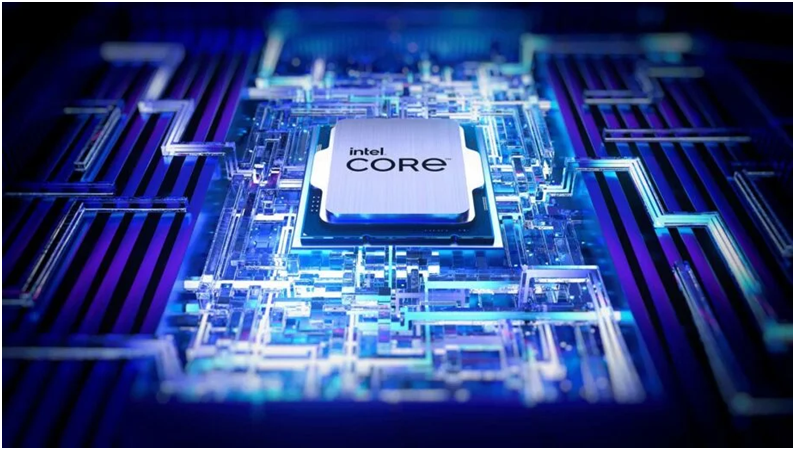Silicon Nanowires: Exploring the Nanoscopic World
Guo, Zhongyi & Jung, Jin-Young & Zhou, Keya & Xiao, Yanjun & Jee, Sangwon & Moiz, Syed Abdul & Lee, Jung-Ho. (2010). Optical properties of silicon nanowires array fabricated by metal-assisted electroless etching. Proc SPIE. 7772. 77721C-77721C. 10.1117/12.860397. Welcome to the exciting world of nanotechnology, where incredible materials exist on a microscopic level and one innovation reigns supreme: silicon nanowires. These tiny structures are so small that thousands could easily fit within the width of a single human hair, yet they hold immense potential to revolutionize various industries, from electronics to energy storage. Join us as we embark on a journey to discover the extraordinary properties and endless possibilities of these powerful wonders. In this blog, we will delve into the forefront of scientific exploration and technological advancement, diving deep into the world of silicon nanowires and their potential to reshape our world. V. Sch...



